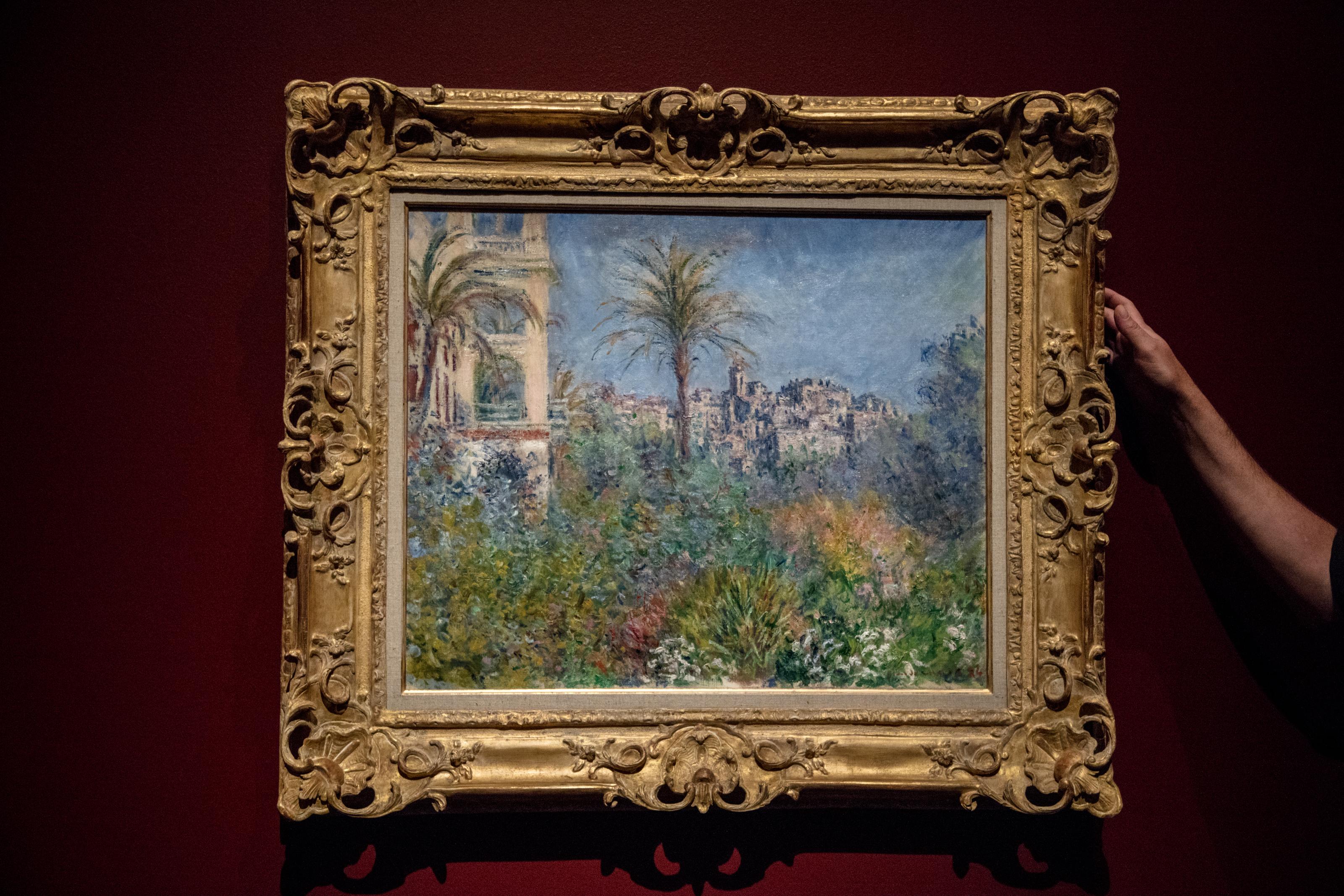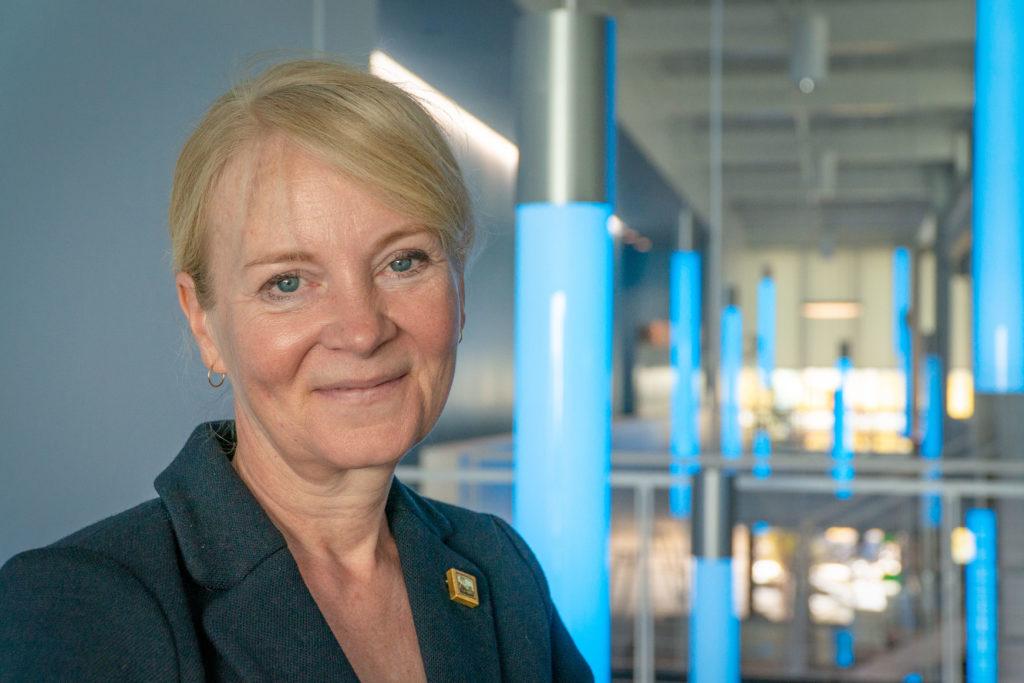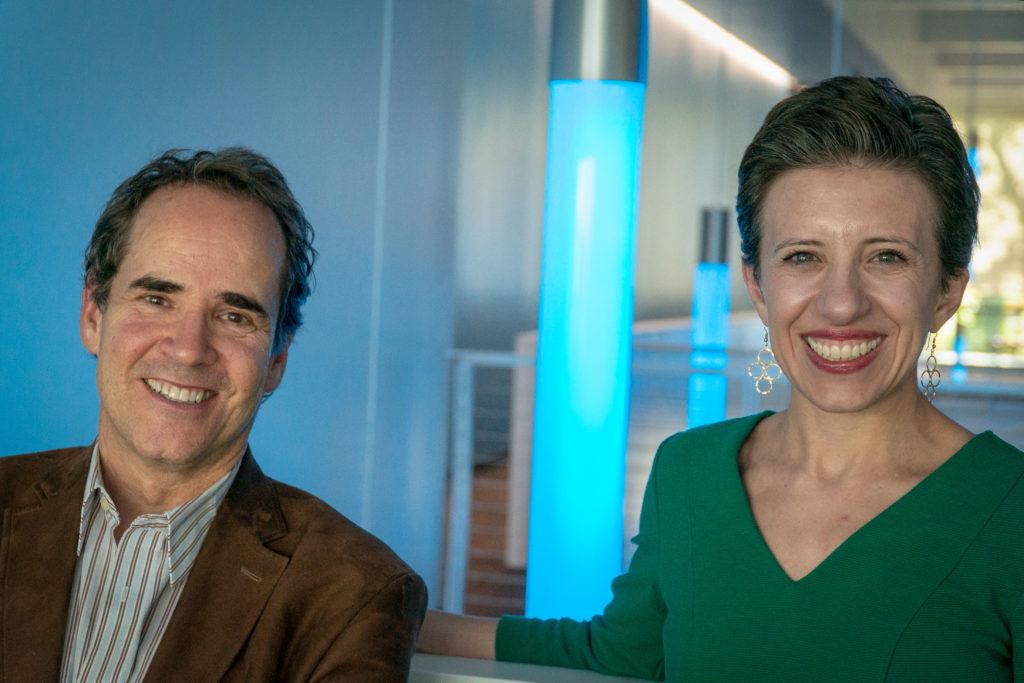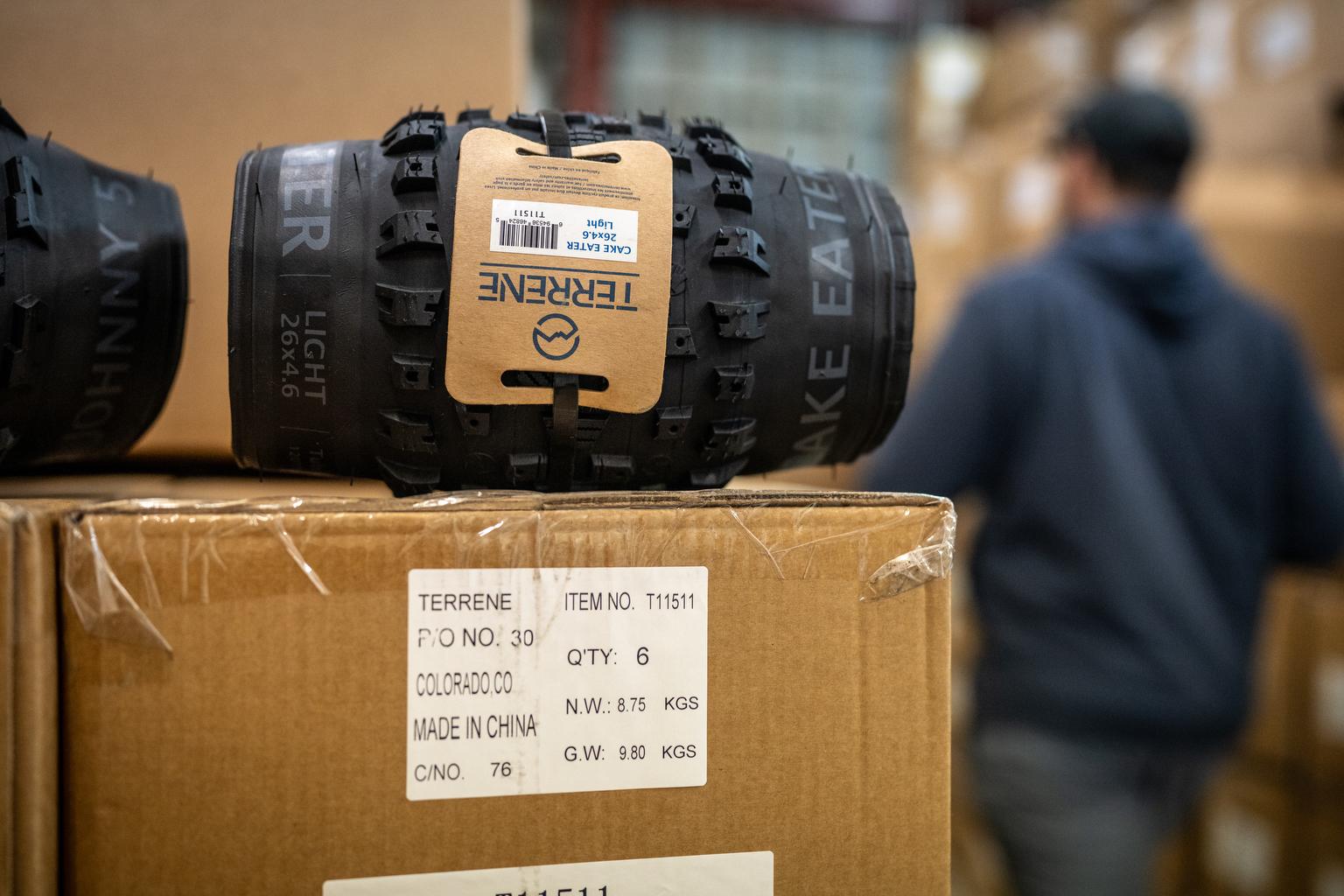
How do you get more than 120 Monets in one place? That’s not a bad bar joke, that’s an actual challenge.
The Denver Art Museum solved that riddle and will enjoy the fruits of their labor for the next couple of months as they play host to a comprehensive, career-spanning exhibition dedicated to French Impressionist Claude Monet.
Denver will be the only U.S. city to host “Claude Monet: The Truth of Nature.” After it closes in early February, much of the art will then travel to Germany for an approximately three-month stint there.
“The idea to do a show with Monet was for me personally always on my bucket list,” said Denver Art Museum director Christoph Heinrich.
Monet is still incredibly popular in the 21st century. His art sells for tens of thousands of dollars, even topping $100 million at a recent auction — the first Impressionist work to surpass that benchmark, according to an AP report.
And Monet’s art can be seen on common items like coffee mugs and mouse pads.
The Denver extravaganza started with an art wish list with somewhere between 150 to 160 Monet works on it. The Denver team was tasked with securing much of the art. They already had 10 works on hand and a former colleague of Heinrich's at Museum Barberini outside of Berlin had access to a number of paintings as well.
“For me, Monet is an artist who makes people feel… you can experience his works with all of your senses,” said Museum Barberini director Ortrud Westheider. “And bottom line, he makes you happy. I think that's why a lot of people are into impressionist art and interested in Monet's work.”

That’s something Angelica Daneo, DAM’s chief curator and curator of European art before 1900, would certainly agree with.
“Impressionist works, and certainly works by Monet, are among the most beloved by visitors,” Daneo said. “So for an institution to give them up, for over six months and, in a way, deprive their visitors of these beloved objects, it is a sacrifice.”
Visitors will see paintings from more than 70 lenders across 15 different countries. Much of the loaned artwork came from museums. More than 50 works were loaned from private collections. Heinrich said a number the private loans “haven't been on view for a long time, so it'll be the first time to share them with a larger audience.”
The museum said some of the private loans have never been displayed in the U.S. before.
To request these loans, they started with a formal letter, laying out when they’d need the work and making their case about why they need the painting to tell the story of the exhibition. In this show, that’s the story of Monet’s relationship with nature.
Daneo said it was the perfect narrative for an exhibition that spans his entire career.
“Nature, throughout his life, is just fundamental,” she said. “It's a dialogue he sought. He loved to be alone in nature, immersed in nature.”
Once the letters were in the mail, they followed up with phone calls and in-person visits to woo a collector or museum into temporarily parting with their valuable pieces of art.
Sometimes it takes a bit of detective work to find the private collectors in possession of the works they desired. Big auction houses like Christie's and Sotheby's can be great liaisons in these situations.
But the “sweetest reply” Heinrich got to a loan request came about two years ago, on Christmas morning.
“Before I opened the packages, I opened my emails,” he said.
The Marunuma Art Park in Japan is home to Monet’s first “known” painting. Heinrich and his colleagues had their hearts set on it, but thought it was a long-shot. The email said, “they are very willing to loan this painting, but under a condition.”
Usually not a great sign, but this was different.
They would loan the painting if the Denver museum also displayed a second one by Monet’s mentor, Eugène Boudin.
“That was completely unexpected,” Heinrich said. “And probably one of the sweetest Christmas gifts I've ever gotten.”

Angelica Daneo believes the Monet exhibition will “engage visitors that may not visit the museum on a regular basis.” The hope is that visitors will tour the art show and then linger in the rest of the museum.
Often, the desired outcome is for blockbuster exhibitions to attract first-timers who then become repeat patrons. With the 2016 Star Wars exhibition, 40 percent of those who attended had never set foot in the DAM before, according to an exit survey. Though, the museum cautions that the questionnaires are voluntary and exist to help staff better understand who is coming to these shows. So it’s not exact data.
Overall attendance has steadily grown over the last five fiscal years, to nearly 900,000 in 2018. But it’s not clear what role blockbusters play in that. The challenge with blockbuster exhibitions is they create an exception that’s not always sustainable, said Tim Schneider, art business editor for ArtNet News.
“I think the hope that's tied up in that is that once these people who don't normally patronize the museum actually show up, they kind of fall in love with it and then you build a sustaining audience going forward,” Schneider said. “Problem is, that that doesn't really tend to happen if you look at the data.”
Studies, like this one, show that blockbusters don’t boost visitation over the long run.
“You almost invariably see this huge spike in attendance, but then as soon as the museum stopped doing blockbuster exhibitions, attendance basically snaps back almost immediately to exactly what it was before,” he said.
_
Many museums then fall into a cycle of having to do blockbusters to “get back to the types of numbers and that level of exposure.”
While that might sound fine in principle, Schneider said that to draw those big numbers again,
“you have to present something that's even more spectacular, which involves an even heavier investment, which is a real problem for most institutions because blockbusters are incredibly, incredibly expensive.”
The Denver Art Museum won’t say how much the Monet show cost, but the expense includes art transportation, gallery buildouts and insuring the valuable works. They’re getting help from corporate sponsors and private donations and hope to recoup some of that back through ticket and gift shop sales.
Director Christoph Heinrich points to previous big exhibitions, like the 2012 Vincent Van Gogh show and the Cartier exhibition in 2015, two shows that were organized by DAM and only seen in Denver.
“I think we really were able to position Denver on the map,” he said. “And bring shows to Denver that are only to be seen in Denver… We really want to do it ourselves.”
Disclosure: Colorado Public Radio, through its CPR Classical service, is partnered with the Denver Art Museum's "Claude Monet: The Truth Of Nature" exhibition. The partnership shares music related to the Monet era and includes classical host Monika Visher as the voice of the exhibit's audio tour.









